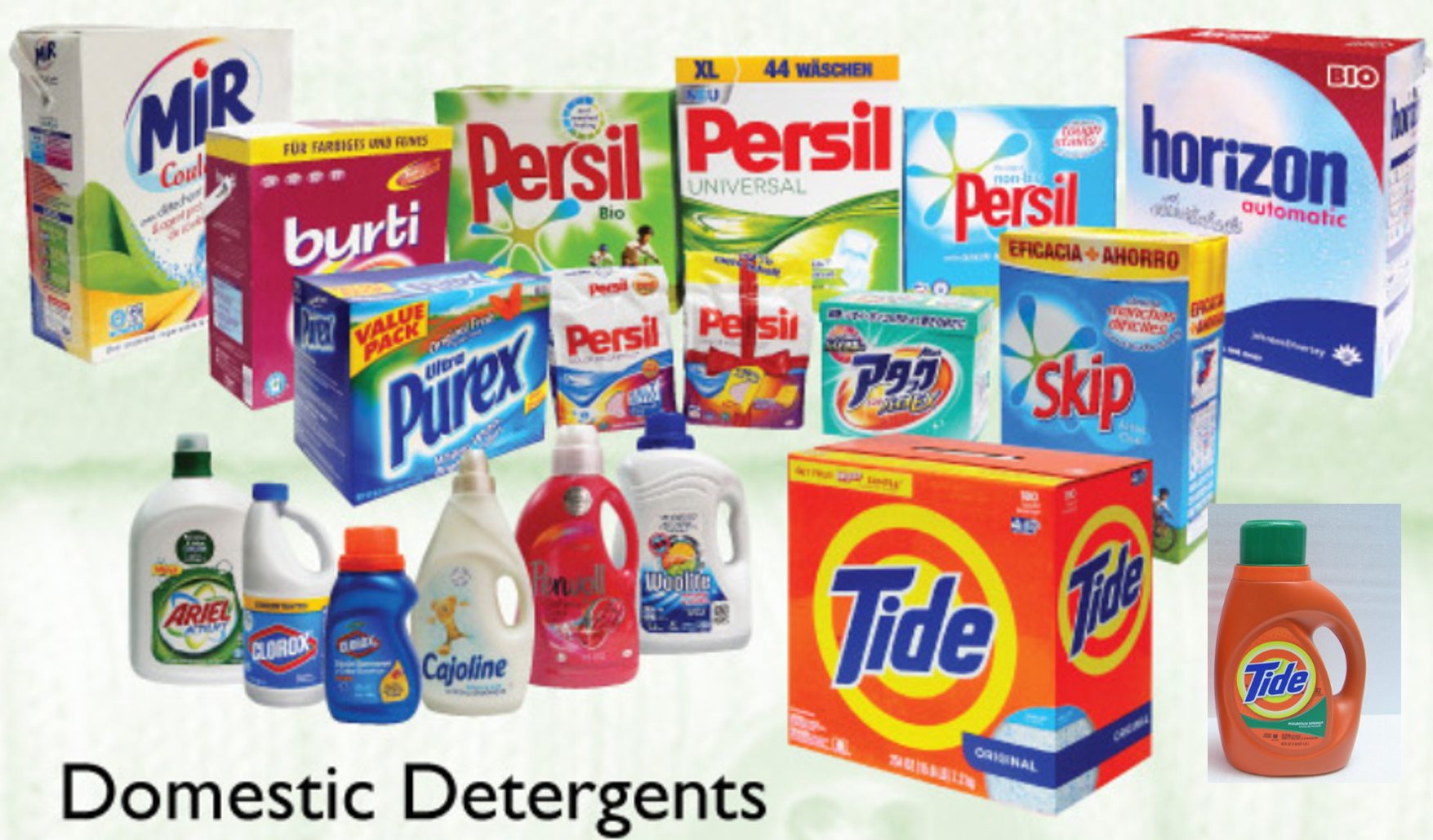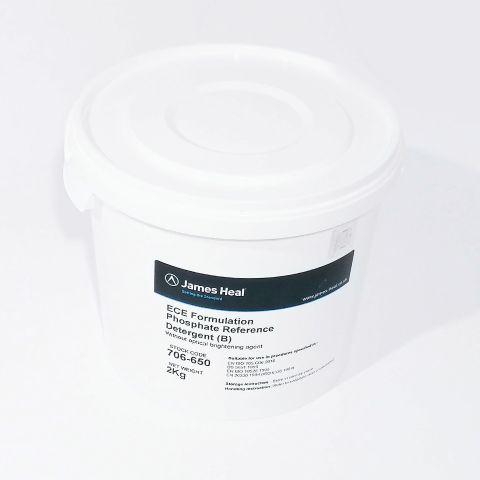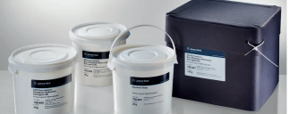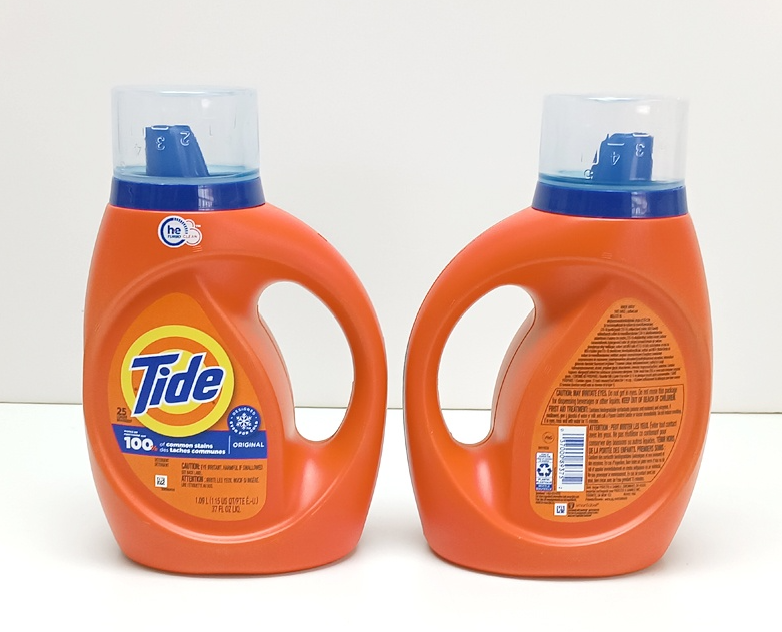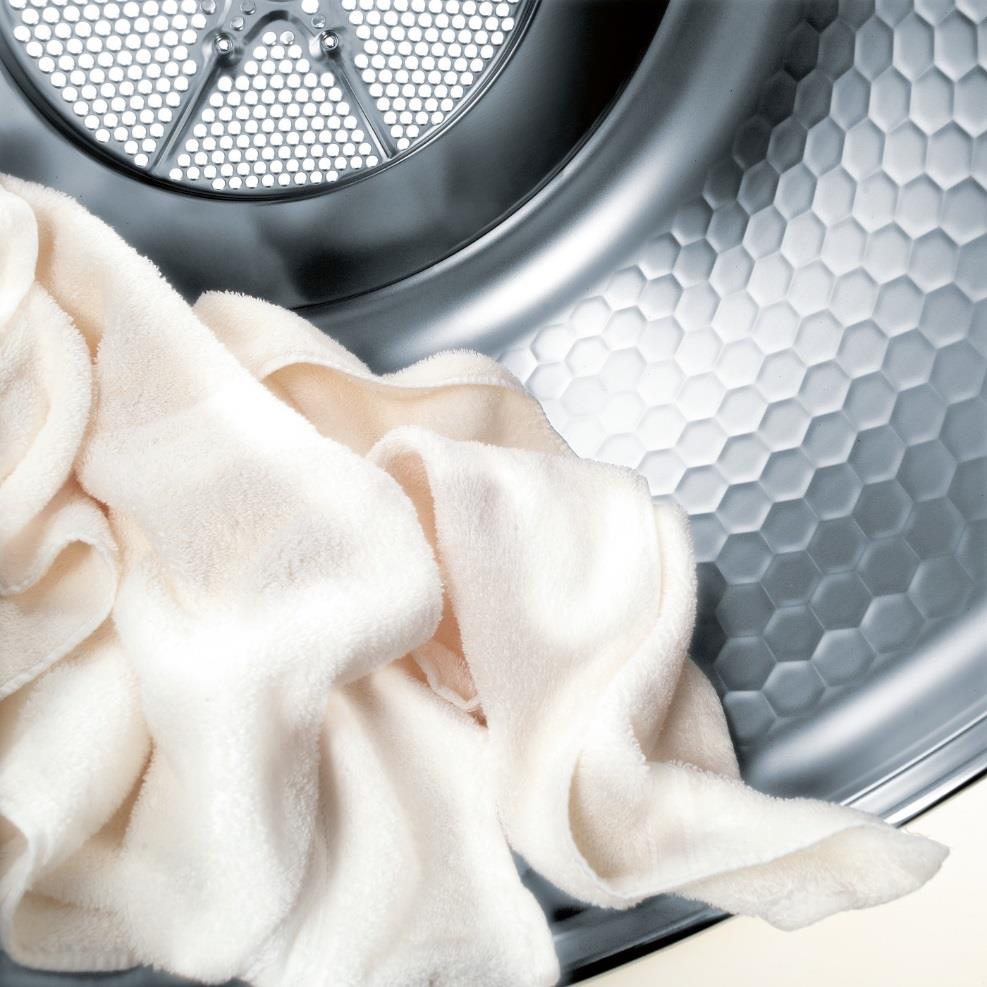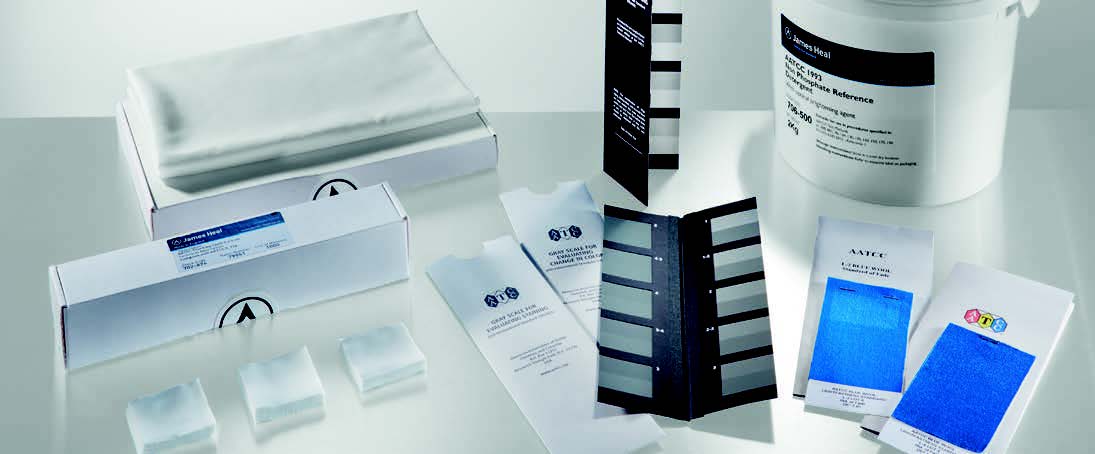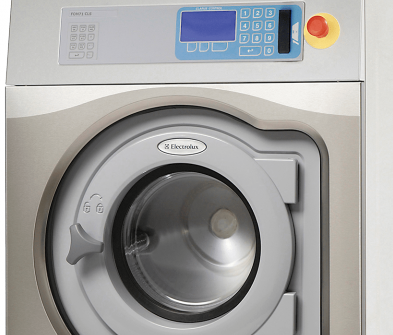Standard Detergents
Standard Reference Detergents
Features & Benefits:
✔ Consistency – Ensures uniform testing conditions across different laboratories and batches.
✔ Reproducibility – Provides accurate and repeatable results for color fastness, shrinkage, and other textile properties.
✔ Compliance with Standards – Required for testing according to international standards like ISO, AATCC, BS, JIS, and GB.
Common Applications in Textile Testing
-
Color Fastness to Washing (ISO 105-C06, AATCC 61) – Evaluates how well dyes resist fading during laundering.
-
Dimensional Stability (Shrinkage Test) – Measures fabric shrinkage or expansion after washing.
-
Phenolic Yellowing Test (ISO 105-X18) – Assesses the risk of fabric yellowing due to packaging or storage conditions.
-
Durability of Finishes & Coatings – Tests the impact of washing on functional fabric treatments like water repellency or flame resistance.
Specification
AATCC Standard Detergents – Used in American Association of Textile Chemists and Colorists (AATCC) tests.
- AATCC Standard Reference Detergent 124 – Without optical brighteners, for color fastness tests.
- AATCC Standard Reference Detergent WOB (Without Optical Brighteners) – Ensures no fluorescence interference.
ISO Standard Detergents – Used in ISO textile testing methods.
- ECE Phosphate & Non-Phosphate Detergents – Compliant with European standards.
- ISO 6330 Reference Detergent – For evaluating washing procedures in textile testing.
-
-
ECE Formulation Non-Phosphate Reference Detergent (A) without optical brightener
ECE Formulation Phosphate Reference Detergent (B), without optical brightener
IEC Formulation Non-Phosphate Reference Detergent (A) with optical brightener
IEC Formulation Phosphate Reference Detergent (B) with optical brightener
Domestic detergents:
Ultra Tide – Powder & Liquid
Perwoll
Persil
Ariel
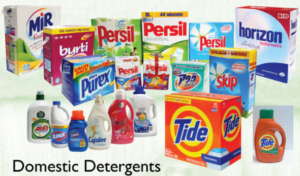
Sign up for advice
- Hotline0938 078 338
- emailinfo@thachanhvang.com

